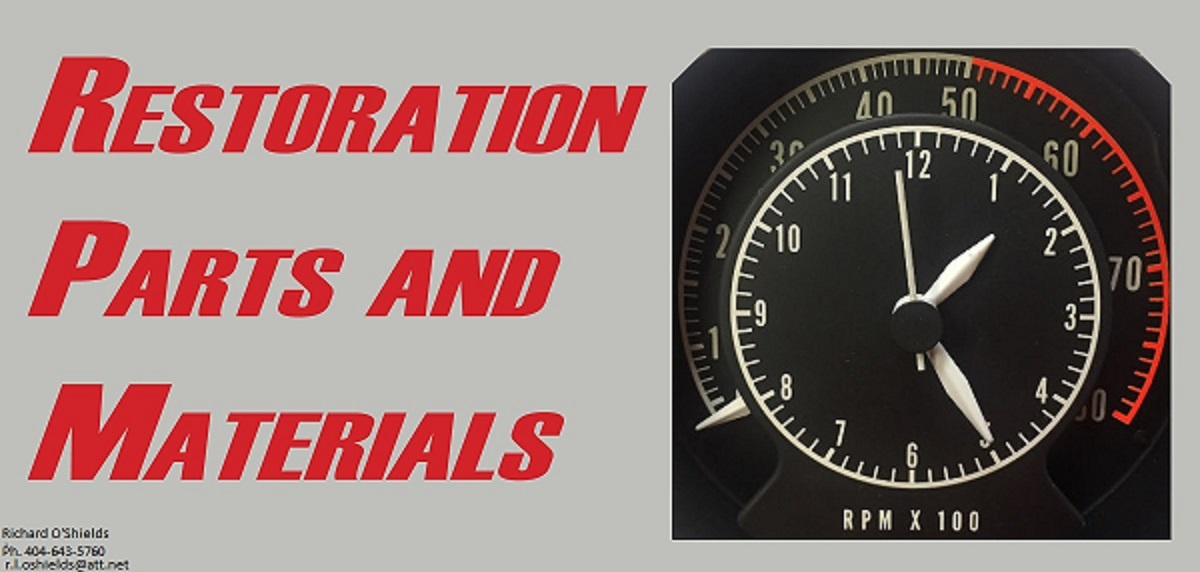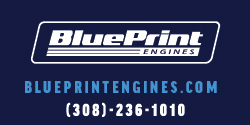You are using an out of date browser. It may not display this or other websites correctly.
You should upgrade or use an alternative browser.
You should upgrade or use an alternative browser.
Front End Alignment
- Thread starter KennyCuda
- Start date
I think that is ridiculous.
But I found this tidbit in my notes:
Do not have them set it to factory specs. The factory specs are for bias ply tires.
Have them set it to these specs. It will drive great with radial tires.
Caster. Positive 3° or as close as you can get.
Camber. Negative .5 °
1/8" toe in.
But I found this tidbit in my notes:
Do not have them set it to factory specs. The factory specs are for bias ply tires.
Have them set it to these specs. It will drive great with radial tires.
Caster. Positive 3° or as close as you can get.
Camber. Negative .5 °
1/8" toe in.
Challenger RTA
Well-Known Member
Tell them.That only applies if you have Flintstone brakes.
Xcudame
Well-Known Member
You do need the ride height set correctly prior to camber and caster adjustments per Vert's specs. I like a little lower ride height than the factory spec. That whole lower center of mass thing that makes the car handle better.
Challenger RTA
Well-Known Member
That may be. I don't think I have never seen that.I'm going to have to take a look. I have and had a the front end aliened on quite a number of car. The only thing I did when it was running, is check to see if the steering wheel centering is good. If that is the correct reference. If not the steering box vale has to be adjusted. As Xcudame said: The ride height needs to be set first. There are other here more versed then me on the matter such as @heminut.The guys a really good mechanic and said its in the manual
The other thing that does mater that it should have a full tank of gas or the equivalent of approximate #120 = 18 gal.
I do know I was charged more because it A/C if it worked or not.
Last edited:
Xcudame
Well-Known Member
Ideally if you could sit in the driver's seat, even better! Or have the equivalent weight there. But that might be to race car! 
moparleo
Well-Known Member
- Joined
- Oct 17, 2011
- Messages
- 7,248
- Reaction score
- 2,035
The information on pre-alignment prep is in the FSM.
Ride height specs, making sure the f/e components are tight and lubed. Tires exactly the same brand, model, air pressure on each axle.
Things like full gas tank and typical load in each seating position are more applicable to modern 4 wheel independent suspension than old rear straight axle types. Most bigger European cars call for this as well as spreader bars when setting toe. A very good idea for any car.
Below I have listed a few of the specifications, diagrams and other info on Mopar front and rear suspensions.
Tires should ideally be new or near new without any wear patterns before the alignment.
And remember that alignment does not cause vibrations. This is a loose component which should be caught by the alignment tech or o/r tires, imbalance.
Make sure they road test your car before and after the alignment and tell them exactly why you want the alignment performed.
Also get before and after printouts and save them for the next alignment.
They can be compared to see if there were any suspension shifts between the left and right sides since the last alignment.
I hope this helps some members get a better understanding of how complex alignments can be and how the front suspension looks and works.







Ride height specs, making sure the f/e components are tight and lubed. Tires exactly the same brand, model, air pressure on each axle.
Things like full gas tank and typical load in each seating position are more applicable to modern 4 wheel independent suspension than old rear straight axle types. Most bigger European cars call for this as well as spreader bars when setting toe. A very good idea for any car.
Below I have listed a few of the specifications, diagrams and other info on Mopar front and rear suspensions.
Tires should ideally be new or near new without any wear patterns before the alignment.
And remember that alignment does not cause vibrations. This is a loose component which should be caught by the alignment tech or o/r tires, imbalance.
Make sure they road test your car before and after the alignment and tell them exactly why you want the alignment performed.
Also get before and after printouts and save them for the next alignment.
They can be compared to see if there were any suspension shifts between the left and right sides since the last alignment.
I hope this helps some members get a better understanding of how complex alignments can be and how the front suspension looks and works.
Attachments
Last edited:
heminut
Well-Known Member
I have never in my life heard of having the engine running while checking front end alignment! I did alignments at a Chevrolet dealership and there's no way I would have even attempted to check an alignment with the engine running! I have heard of the full tank thing and the driver's weight in the front seat, but I never concerned myself with that sort of thing.
Bret Schneider
Well-Known Member
- Joined
- May 6, 2020
- Messages
- 145
- Reaction score
- 94
Not crazy at all... Best way to ensure a centered steering wheel on a PS car is to start the car after initially setting the toe, move the steering wheel back and forth a few times, maybe 45 degrees or so, and re-center the steering wheel. This centers the steering gear accounting for the backlash in the steering box. Take it from someone that did hundreds of alignments on a flat rate basis, this reduces the number of comeback for off center steering wheels which really sucks when you're working flat rate since you do them for free the second time.
Xcudame
Well-Known Member
But Mopar factory steering shafts and wheels have a master spline. Center the wheel inside the car so there's equal turns left and right and then adjust the tie rods to to match. No need to start the car and adjust anything with it running!
And yes, the full tank and driver weight is excessive! Unless it's a race car.
And yes, the full tank and driver weight is excessive! Unless it's a race car.
MoparCarGuy
Well-Known Member
- Joined
- Jun 28, 2020
- Messages
- 977
- Reaction score
- 901
The alignment tech can enter a 2005 Mustang GT to get some specifications for the Camber (-0.75°) and the Toe-In (1/16" or 0.1° to 0.2°). He should attempt to get as much Caster as possible but will not be able to obtain the Mustang's spec of +7.1°. Hopefully, he can get you to at least +3.0° or more Caster.
Challenger RTA
Well-Known Member
I think maybe this it what He was referring too. Checking the power assets when running. If not things will be out of wack. You might not of quite understood what he was saying.
Last edited:
Bret Schneider
Well-Known Member
- Joined
- May 6, 2020
- Messages
- 145
- Reaction score
- 94
"But Mopar factory steering shafts and wheels have a master spline. Center the wheel inside the car so there's equal turns left and right and then adjust the tie rods to to match. No need to start the car and adjust anything with it running!"
The car doesn't need to be running during the adjustment. Only while the steering wheel is being centered to allow the hydraulic pressure to equalize on both sides of the spool valve. The engine should be turned off when making the adjustment.
Although as always, I could be wrong. Keyboard warriors are certainly more knowledgeable then those of us who actually turned the wrenches...
The car doesn't need to be running during the adjustment. Only while the steering wheel is being centered to allow the hydraulic pressure to equalize on both sides of the spool valve. The engine should be turned off when making the adjustment.
Although as always, I could be wrong. Keyboard warriors are certainly more knowledgeable then those of us who actually turned the wrenches...
pschlosser
Well-Known Member
I was told on cuda's and challengers with power steering when you have a front end alignment done the engine should be running? Has anyone heard that also ?
The only time I have EVER heard the engine need be running on a car while the alignment is performed, is when there is something variable about the suspension system, such as auto-leveling in some european cars, and stuff like that. But on a classic muscle car? I don't think so.
This is done so the suspension and car are as identical to operating conditions as possible. This is implied by the other wise advice (posted by others), such as the full tank of gas, driver sitting in the drivers seat, and so forth.
But I don't think this muscle car need be running for alignment, unless there is an air compressor pumping up some air shocks in the back for that vintage hot rod look.
Similar threads
- Replies
- 3
- Views
- 843


















